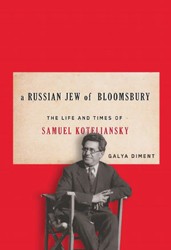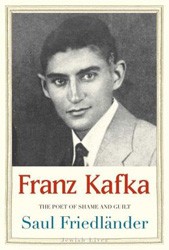By
– August 30, 2011
In the annals of art history, Lee Krasner will forever be overshadowed by her husband, painter Jackson Pollock. But Krasner was a significant painter in her own right, as illustrated in this first-ever biography and painstakingly detailed chronicle of her life by art historian Gail Levin, who as a graduate student first met Krasner in 1971. Krasner, a pioneer of abstract expressionism who died in 1984, has been misrepresented by the art world, left out of museums and art history textbooks, and ignored by critics. But Levin wanted to set the record straight for this talented and daring woman who once said of Pollock: “I didn’t hide my paintings in a closet; they hung on the wall next to his.”
The exhaustive account follows Krasner from her impoverished Brooklyn childhood and student days at Cooper Union to her work for the Works Progress Administration during the Great Depression and her jaunts with fellow artists and boldfaced names— from William de Kooning to Peggy Guggenheim— through political and artistic movements including modernism, feminism, and communism, though Krasner notes she “never joined the party proper.”
But Krasner’s life was a struggle laden with anti-Semitism and sexism. “The only thing I haven’t had against me was being black,” Krasner was quoted in Newsday. “I was a woman, Jewish, a widow, a damn good painter, thank you, and a little too independent.” She also supported her husband through his alcoholism, depression, and infidelities until he died in 1956. Krasner outlived Pollock by nearly three decades, enough time to cement her role in the development of abstract expressionism.
The exhaustive account follows Krasner from her impoverished Brooklyn childhood and student days at Cooper Union to her work for the Works Progress Administration during the Great Depression and her jaunts with fellow artists and boldfaced names— from William de Kooning to Peggy Guggenheim— through political and artistic movements including modernism, feminism, and communism, though Krasner notes she “never joined the party proper.”
But Krasner’s life was a struggle laden with anti-Semitism and sexism. “The only thing I haven’t had against me was being black,” Krasner was quoted in Newsday. “I was a woman, Jewish, a widow, a damn good painter, thank you, and a little too independent.” She also supported her husband through his alcoholism, depression, and infidelities until he died in 1956. Krasner outlived Pollock by nearly three decades, enough time to cement her role in the development of abstract expressionism.
Jaclyn Trop is a Los Angeles-based freelance reporter.





